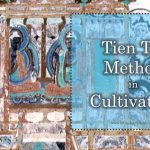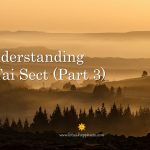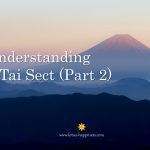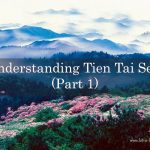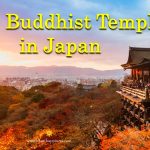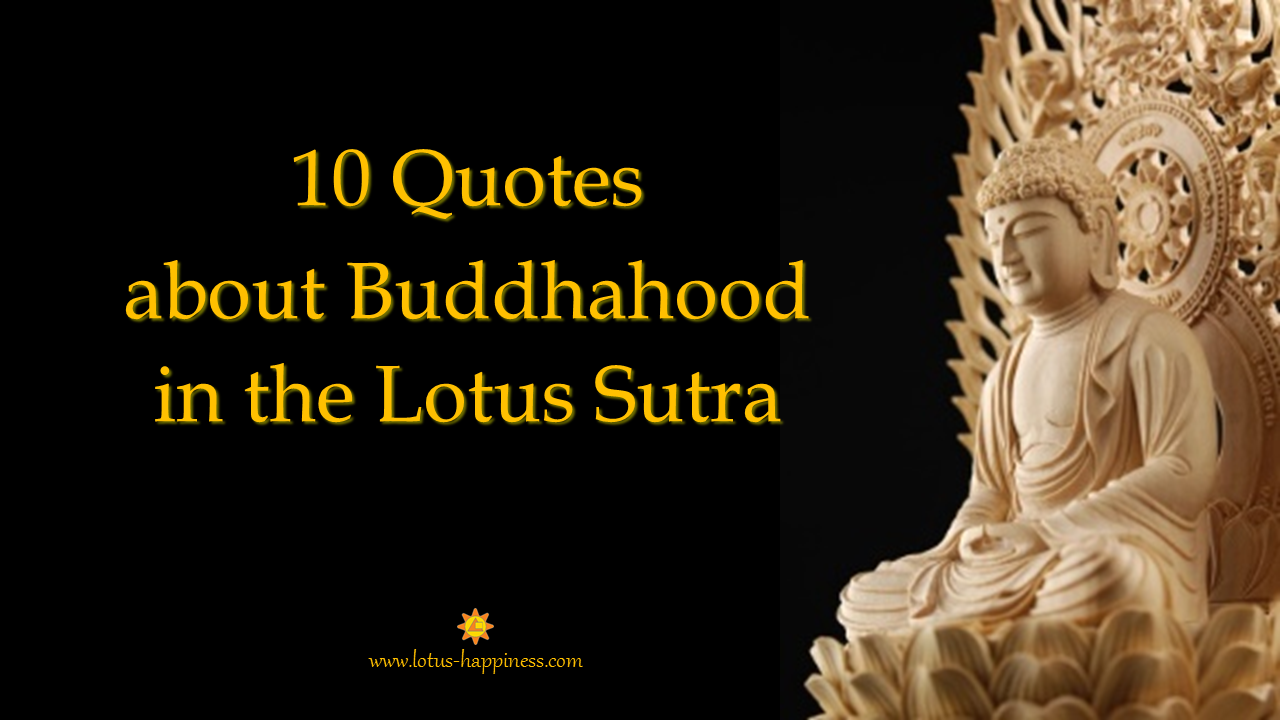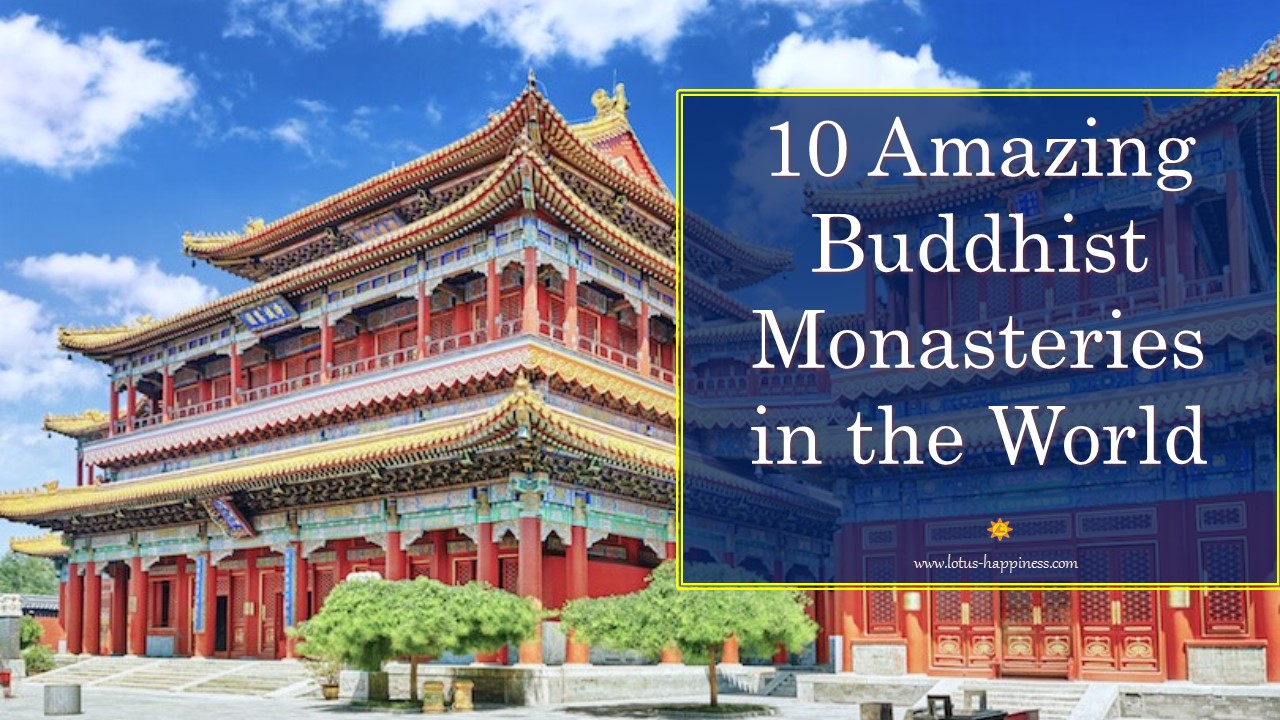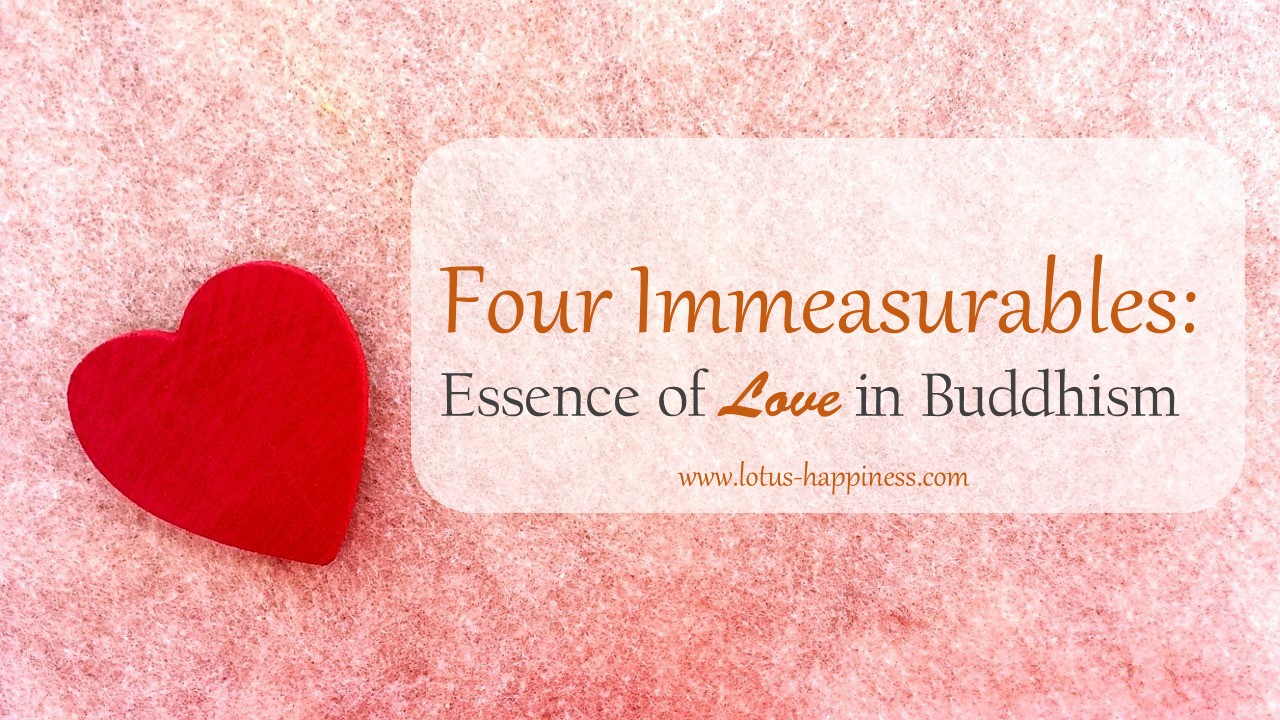Understanding Tien Tai Sect (Part 5)
Ten Positions Achieved in Cultivation
Further to the doctrine of Identity in Six Degrees, Tien Tai sect relates it to the Ten Positions or Stages achieved in the cultivation of Buddhahood. They are:
- First Stage of Ordinary Being [凡夫位] — equivalent to Identity in Principle [理即佛].
With no knowledge and faith to Buddha Dharma at all. - Second Stage of Ordinary Being [凡夫位] — equivalent to Identity in Words [名即佛].
With knowledge and faith to Buddha Dharma. - Stage of Five Preliminary Grades of Disciples [五品弟子位] — equivalent to Identity in Contemplative Practice. [觀行即佛].
Also known as the External Ordinary Stage [外凡位] it will be discussed in more details in the next paragraph. - Stage of Ten Faith [十信位] — equivalent to Identity in Outer Appearance [相似即佛].
It is also known as the Internal Ordinary Stage [內凡位]. - Stage of Ten Abodes/Dwellings [十住位].
- Stage of Ten Practices or Ten Behavioral Activities [十行位].
- Stage of Ten Transferences [十迴向位].
- Stage of Ten Bhumis/Grounds [十地位].
- Stage of Universal Enlightenment [等覺位].
The fifth to the ninth stages inclusive are equivalent to Identity of Partial Realization [分証即佛]. It is also known as the Stage of Bodhisattva.
- Stage of Wonderful Enlightenment [妙覺位] — equivalent to Ultimate Identity [究竟即佛].
It is the Stage of Buddhahood.
The Five Preliminary Grades of Disciples [五品兄弟子位]
This is the beginning stage of the religious practice in Tien-tai sect, placed before the Fifty-two Stages of Buddhahood, as stated in Paragraph 74.3. It focuses to the practice of repentance. Its structure is as follows:
1. Joy from according with the Truth
The Truth refers to the wonderful Dharma, which is this mind. This mind embodies completely all Dharmas. This mind, the Buddha and all beings have no essential difference.
As an inward practice of joy, one sees the phenomena of the Triple Truth, i.e. the mind is identical to Emptiness, to Falsehood and to Mean, by means of the Threefold Contemplation.
As an outward practice of joy, one is zealous to cultivate the Five Aspects of Repentance. They are:
- Repentance in terms of Principle [理懺] and Practice [事懺] — the former means to concentrate one’s mind in true reality, and the latter means to confess one’s faults before the Buddha’s image. By repentance, one can eliminate the external obstructions gradually, and increase and brighten the inner insight.
- Imploring [勸請] — imploring the Buddha to retain a physical body to save the beings.
- Rejoicing [隨喜] — rejoicing in praise of various good roots.
- Merit-transference [迥向] — transferring exhaustively all the merits towards enlightenment.
- Making a vow [發願] — it means to arouse the Bodhi mind (Bodhicitta in Sanskrit), or to resolve to attain enlightenment and to save all beings.
2. Reading and Reciting
The merits and virtues of reading and reciting increase through inward contemplation of the Complete Doctrines.
3. Teaching the Dharma
The merit of teaching others doubles the benefits to oneself.
4. Practicing the Six Perfections Simultaneously
The contemplative insight of mind is doubled, by practicing the Six Perfections simultaneously.
5. Correctly Practicing the Six Perfections
Self-cultivation and teaching others are totally fulfilled in both principle and practice. The contemplative mind becomes unhindered.
The Fifty-two Stages to Buddhahood
As referred to the fourth to tenth stage of Ten Positions, it is similar to the Fifty-two Stages to Buddhahood discussed in previous post.
- Ten Faiths
- Ten Abodes
- Ten Practices
- Ten Transferences
- Ten Bhumis
- Universal Enlightenment
- Supreme or Ultimate Enlightenment
Differences and Similarities of Tien Tai and Hua Yen
Tien Tai Buddhism, the first truly Chinese school, and Hua Yen Buddhism are developed without any Indian counterpart, but both Tien Tai and Hua Yen refer to Fa Hsiang school or Vijnanavada Buddhism, as they are best explained in conjunction with their similar doctrines.
Though both Tien Tai and Hua Yen were based on the philosophy of emptiness, their fundamental difference derived from their respective principal scriptural sources, the Lotus Sutra and the Avatamsaka Sutra. The Lotus Sutra summarizes the Buddha’s teachings with various kinds of expedient means to save beings, and attempts to reveal and enter the inconceivable One Buddha Vehicle. However, the Avatamsaka Sutra is a series of expositions showing the accomplishment in the Buddha’s realm upon complete and perfect enlightenment.
The two schools also differ doctrinally by the emphasis of the idea of Tathagathagarbha, which is considered to be the basis of Hua Yen Buddhism. Hua Yen sees all things from the standpoint of the accomplished state of Buddhahood in both this phenomenal world (Lokashatu in Sanskrit) and the world of enlightenment (Dharmadhatu in Sanskrit). As the fundamental substance of Tathagathagarbha, they are not two separate worlds, but ignorance and enlightenment of beings make the difference.
Though both schools agree that delusion and enlightenment penetrate each other mutually, Hua Yen tends to see the world as the transparent illumination of Vairocana Buddha, while Tien Tai puts less emphasis on delusory thoughts.
Both schools establish a scheme of classification of teaching, attempting to integrate and harmonize the vast array of Buddhism scriptures and doctrines. In Tien Tai sect, the classification is known as ‘Five Periods and Eight Teachings’, while in Hua Yen sect it is ‘Five Divisions and Ten Schools’ . Both schools assert that the Buddha taught different levels of doctrines to cater for different abilities and interests of the practitioners.
Based on the Threefold Body of the Buddha, both schools explain that the mundane phenomena are ‘impure’ aspects of the one encompassing and absolute mind, of which Dharmakaya Buddha is the pure aspect. All phenomena thus are just manifestations of the Buddha Nature in Dharmakaya form, just as all our thoughts are manifestations of the absolute mind (or ‘originated from’ and ‘resolve into’ our mind in layman term). If our thought is pure at one instant and our mind is pure, then we are the Buddhas at that instant; if our thought is impure at another instant and our mind is impure, then we are ordinary beings at that instant.
Hua Yen Buddhism takes a further step of identifying that all phenomena are inter-penetrating, i.e. each phenomenon is in its entirety in every other phenomenon because of their common manifestations of the absolute mind.
Both schools have come to embody virtually the entirety of Chinese Buddhist philosophy, while Ch’an School and Pure Land School embody the Chinese Buddhist practice. It should be noted that both Ch’an and Pure Land schools are developed in their specific ways though they had roots in India.


